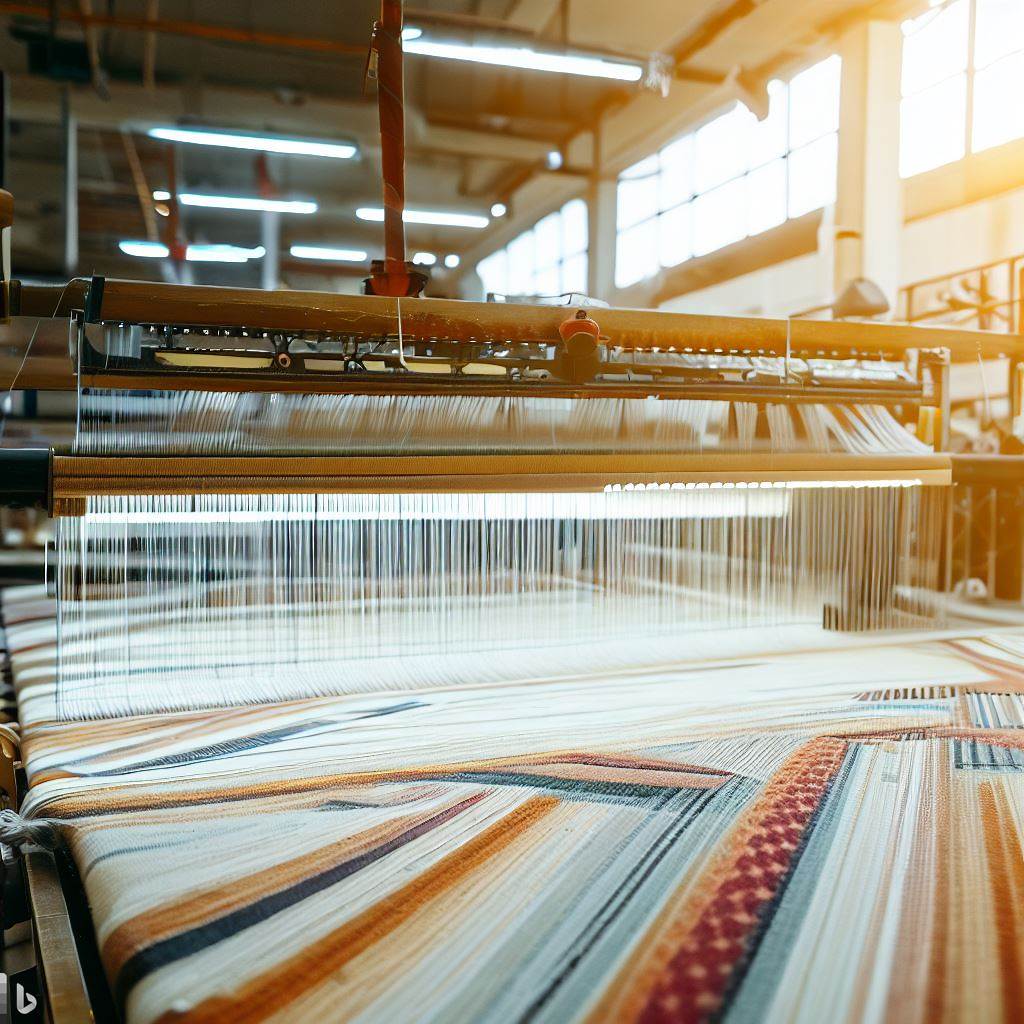Rug Making as an Educational Journey: Learning through Handwoven Art
Developing Technical Skills and Dexterity
Weaving rugs builds an impressive array of specialized skills. Mastering the necessary techniques takes most beginners years of hands-on practice and repetition. But incremental progress rewards persistence.
Eye-hand coordination sharpens as hands learn to deftly handle delicate fibers and nimble tools. Spatial reasoning improves when visualizing designs in progress. Mathematically plotting patterns boosts logic skills.
Physical stamina increases as the body adopts efficient motions that avoid strain. Tuning into sensory feedback nurtures mindfulness. Learning to spot and correct errors right away teaches self-critique.
As these competencies compound, rug making becomes an integrating lesson in focus, precision, planning, creativity, and mindfulness.
Learning the Science and Alchemy of Natural Dyes
For weavers doing their own dyeing, mastering colors from natural sources becomes an education in botany, chemistry, and experimentation.
Collecting bark, roots, nuts, and minerals connects dyers to the seasons and landscapes yielding pigments. Studying mordant reactions reveals basic scientific principles. Altering pH and minerals reigns in the alchemy.
Keeping detailed notes on quantities, processes, and results allows refining recipes over years until even subtle desired shades get consistently replicated. A lifetime of tinkering uncovers nature’s secrets.
This synthesis of art, tradition, science, and curiosity yields colors more complex and resonant than any artificial dyes. The years of practice weave an irreplaceable knowledge.
Absorbing Folklore, Symbolism, and History
Traditional rug patterns convey cultural histories and belief systems. Weaving these motifs imprints generations of wisdom onto creators and audiences.
Each pattern passed down encodes meaning beyond geometry. Cryptic symbols become legible through oral explanations of their mythic narratives and spiritual underpinnings. This contextual learning sticks in minds and hands.
Over time, reproducing powerful ancestral patterns provides a tacit education on a people’s worldview. The practice immerses weavers in ways of seeing and being refined over centuries through story and craft.
Understanding rug motifs as concentrated folk knowledge gives weavers a role and responsibility as culture bearers. Their rugs weave metaphorical DNA.
Gaining Insight into Other Cultures and Times
For those inspired by global techniques, rug weaving offers a journey into diverse world cultures both past and present.
Studying Egyptian tapestries, Andean weavings, and Bedouin rugs connects creators across vast geography and centuries through shared practice. Admiration flows both directions through time’s porous boundaries.
Experiencing other rug traditions firsthand through travel or workshops allows weavers to absorb distinct cultural wisdom through their senses. The hospitality and laughter alongside learning stick as fast as the methods.
Honoring lineage knowledge by reinterpreting traditional designs in contemporary ways pays it forward. Weaving binds humanity’s interwoven narrative.
Building Problem Solving Skills and Resilience
For all its joys, rug making also poses frequent technical challenges that build resilience and ingenuity. Snags, torn warps, and tricky patterns all test creative problem solving.
Through trial and error, weavers devise clever workarounds. They invent new tools tailored to specific needs. Each creative breakthrough emboldens them to meet the next inevitable obstacle with flexibility.
Making mistakes provokes deeper analysis of process. Assessing causes yields valuable insights for improvement. Debugging builds systematic thinking and self-confidence.
Years of meeting challenges head on develop weavers’ patience, persistence, and resourcefulness. Their seasoned hands weave as much wisdom as beauty.
Weaving Metaphors for Life and Learning
On a metaphoric level, the process of weaving powerfully mirrors wider lessons about learning itself. Parallels offer insight across domains.
Bundles of flexible threads become unified whole cloth only through time, effort, and intricate cross-linking—not unlike gaining knowledge. Knot by knot, connections accumulate.
Mistakes require slowing down to untangle and correct carefully. Imperfections and variation add beauty, like life. Finding rhythms and repeated patterns brings comfort amid tangles.
Weaving reminds that creating order and beauty demands diligence, care, and step-by-step progress. Everything woven is worth the weft and warp. Each thread matters.
Ultimately, rug making demonstrates learning as an endless journey. The more one practices, the more wonders yet to explore unfold. Curiosity continually crafts meaning.
A Lifelong Pathway for Growth and Discovery
Rug weaving provides a fulfilling lifelong pathway for learning and self-expression. Mastery comes from years of joyful practice, not overnight.
Each completed rug represents accumulated gains in technique, pattern, color, and design. But always fresh challenges call from just beyond current skill levels. The learning continues looping back on itself, ever evolving.
Over decades, rugs document a weaver’s artistic and personal development. Their early prized but clumsy efforts will humble their later virtuosity. Yet all reflect sincerity of practice and love of medium.
For beginner and elder alike, teaching others multiplies knowledge. New eyes discern new facets; each hand added strengthens the loom of community. Thus the endless enlightening journey of rug making continues its patient, colorful passage forward, woven by curious hands and spirits.
